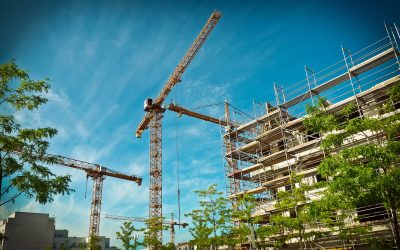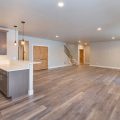Building Costs Contingency Budget
Establishing a budget is one of the first steps in planning a successful construction project. Setting a plan for where to spend the money (building costs), and budgeting for all the work takes experience, attention to detail and a detailed project scope. However, there are often times where additional work, unknown at the beginning of the project, is required. This is where a contingency budget becomes critical. A contingency budget sets aside additional money to be drawn on if unexpected costs occur during the construction process. Many construction projects set aside 5%-10% from the total budget for contingencies. However, for a particularly risky project, you may choose to add contingency of 20%. Typically that will cover any extra costs that might come up. It is not recommended to use a rate less than 5%. Where there are unknowns it is considered a risk. Part of determining contingency is planning for the worst. By identifying risks you will get a better idea where the contingency budget might go and how much. Thorough planning will help minimise your risks. A complete walk through with architects or draftsman, designers, engineers, etc will help. A clearly defined scope is of major importance as it will help contractors know exactly what needs to get done. During construction, there may be opportunities for future prevention or opportunities for improvements. For example, owners might suggest an upgrade to fixtures or fittings and before the plaster is installed is a good time to upgrade. It’s important to estimate and track home extension costs from design to completion to avoid surprises. Get in touch with RFT solutions to learn more.













